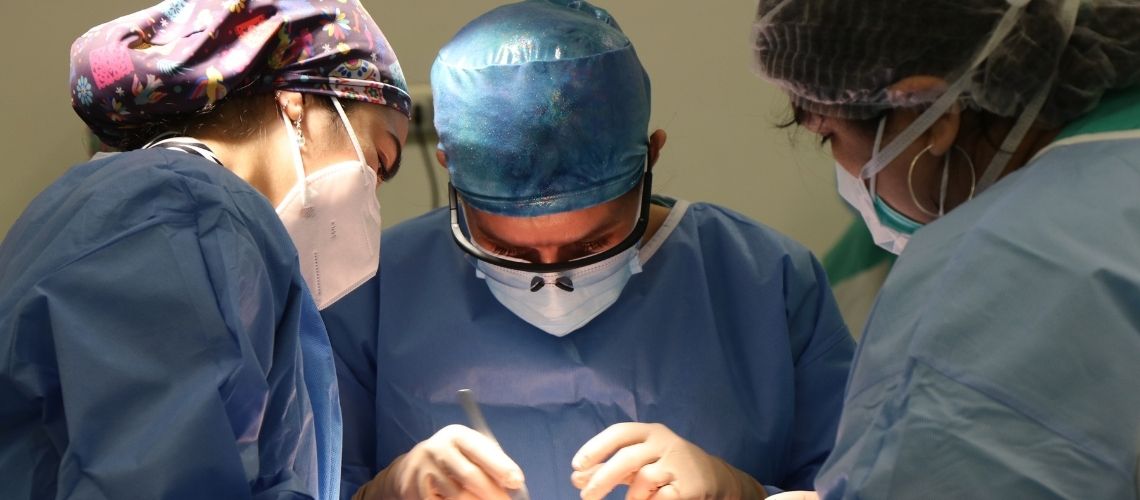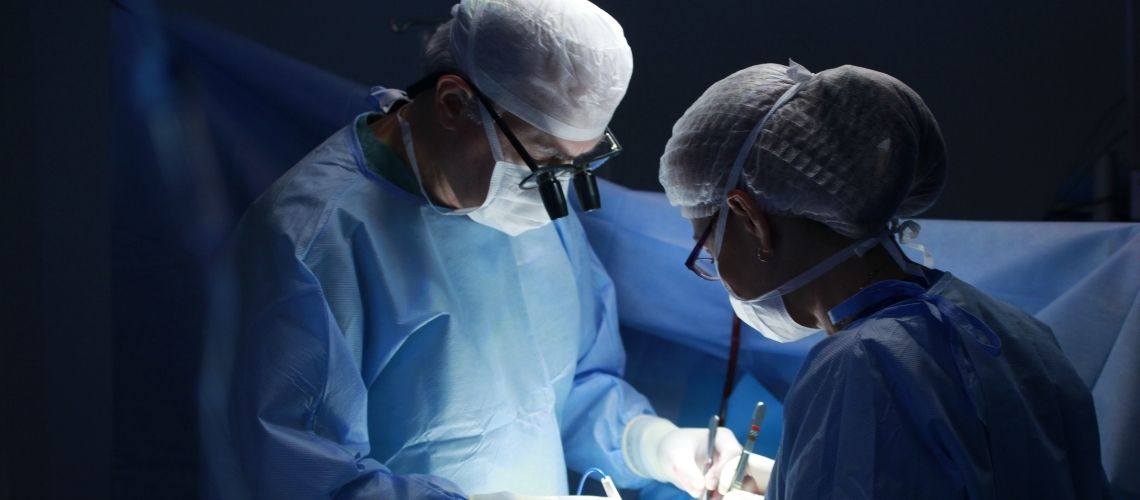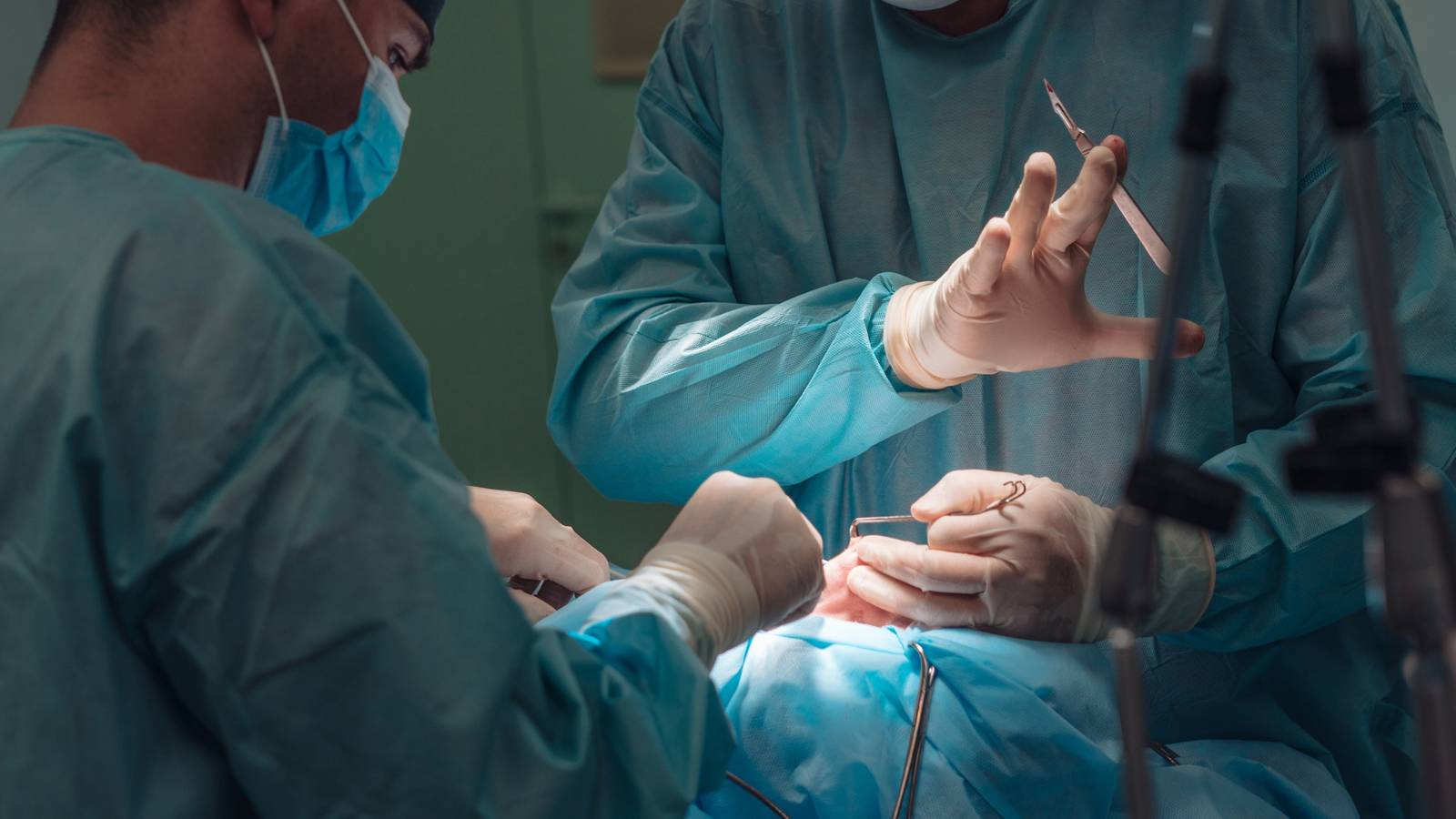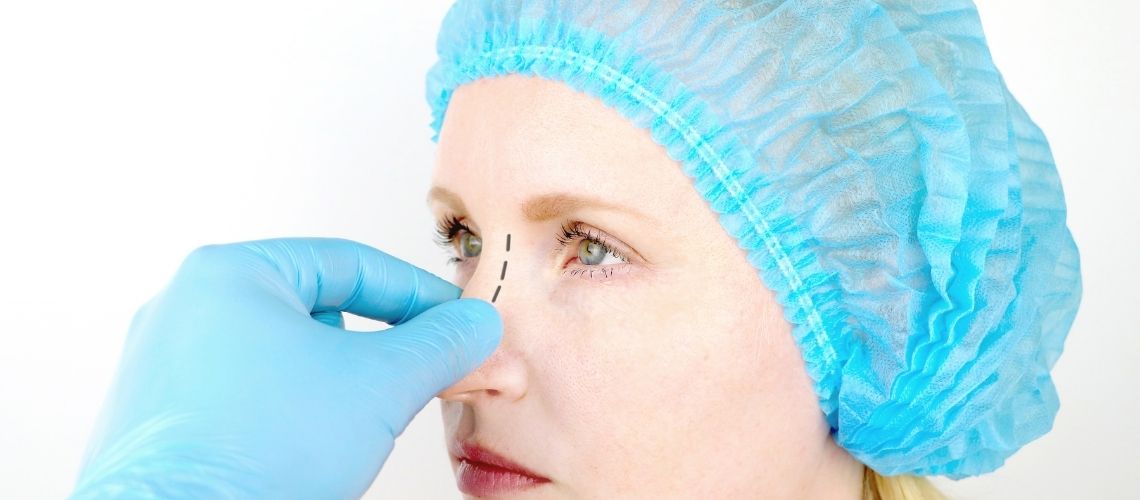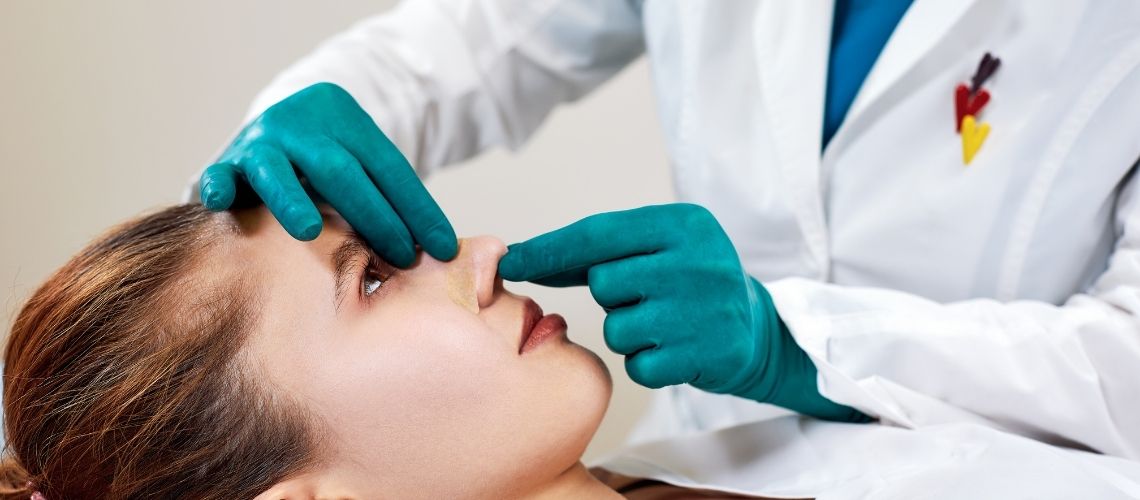Nose aesthetic surgeries are commonly preferred to achieve the ideal nose shape. However, undesirable outcomes may occasionally occur. Postoperative nasal asymmetry can arise due to various factors. Specifically, misaligned nasal bones and insufficiently stabilized cartilage can contribute to this issue. Additionally, bone displacement during the healing process can exacerbate asymmetry. Surgeons employ various techniques to prevent this problem. Spreader grafts and external splints help support the nasal structure and optimize the healing process. However, perfect symmetry cannot be guaranteed in all cases.
| Possible Causes |
|
| Asymmetry During the Healing Process | Swelling and edema are expected to subside during the first few months after surgery. Mild asymmetry during this phase is likely to improve over time. |
| Permanent Asymmetry | If asymmetry persists after the initial healing process (6-12 months), it may indicate a permanent deformity, and revision rhinoplasty might be considered. |
| Treatment Methods |
|
| Preventive Measures |
|
| When to Consult a Doctor | If nasal asymmetry persists after the healing process (usually 6-12 months), consult a doctor to evaluate options for revision surgery. |
Why Does Asymmetry Occur After Rhinoplasty?
Rhinoplasty-related asymmetry can result from various physical processes. Changes in nasal anatomy after surgery may lead to uneven healing patterns. Swelling can vary between patients and often causes temporary asymmetry. As swelling subsides over time, the nose generally takes on a more even shape.
- Swelling and Asymmetry: Uneven distribution of swelling can lead to temporary crookedness.
- Scar Tissue: Uneven scar formation may pull the nasal structure and cause asymmetry.
- Bone and Cartilage Displacement: Broken bones and repositioned cartilage may shift if not properly stabilized during surgery.
Surgical techniques and interventions during the procedure also affect the final shape of the nose. Techniques used in rhinoplasty play a critical role in preventing or reducing asymmetry.
- Surgical Techniques: Minor errors during surgery can cause long-term asymmetry.
- Specific Anatomical Issues: Issues with the nasal bridge and lower lateral cartilage require specialized interventions.
Is It Normal to See Immediate Asymmetry After Rhinoplasty?
Asymmetry observed immediately after rhinoplasty is often a temporary condition. Intense swelling in the nasal region following surgery may cause the nose to appear asymmetrical. This swelling is part of the body’s natural healing process and diminishes over time. Swelling is most pronounced during the first weeks and gradually decreases over the months that follow. During this process, the nose slowly shapes into the planned aesthetic appearance.
- First Few Weeks: The nose typically exhibits the most swelling and asymmetry.
- First Three Months: Swelling begins to decrease, and the nasal contours become more defined.
- Six Months: The nasal shape becomes clearer, and asymmetry continues to diminish.
- One Year: Swelling significantly decreases, and the nose takes its final shape.
As the swelling subsides, the nasal shape gradually corrects itself. Using splints and bandages during the early postoperative phase is crucial to support and protect the nasal structure.
How Long Should I Wait to Assess the Results?
The time required to evaluate asymmetry after a nose surgery depends on the elapsed time since the operation. The healing process varies for each patient, and it may take some time for the final results to appear. The stages of this process are outlined below:
- First Few Weeks After Surgery (1-2 Weeks): The nose may appear significantly swollen and bruised during the initial phase. By the end of the second week, swelling begins to subside, but the nose may still appear swollen.
- One Month After Surgery: By the end of the first month, swelling around the nasal bridge significantly reduces. The nose begins to take on a clearer shape, though the tip may still lack definition.
- Three to Six Months After Surgery: During this period, the majority of the nose takes its shape. However, swelling at the tip decreases more slowly, and the nose continues to refine its finer details.
- Six to Twelve Months After Surgery: Most swelling resolves during this period, and the nasal shape becomes more defined. The healing process may take a year or longer, particularly for complex cases and patients with thick skin.
- One Year and Beyond: The nose typically achieves its final shape within 12 months. In some cases, especially those requiring extensive changes or involving thick skin, the nasal shape may continue to refine and settle for up to two years.
Asymmetries that arise during these phases should be addressed or evaluated as necessary.
When Should I Consider Revision Rhinoplasty?
Revision rhinoplasty is a procedure performed to correct issues arising after a nose surgery. It is recommended for patients who are dissatisfied with the results of their initial operation. If asymmetry, crookedness, or functional problems persist after the initial healing phase, revision rhinoplasty may be considered. It is generally advised to wait at least one year after the initial surgery. During this time, swelling subsides, and tissues settle. Early intervention may lead to unexpected results or additional complications.
Cases where revision rhinoplasty should be considered include:
- Presence of permanent asymmetry or crookedness
- Persistent nasal airway blockages
- Collapsed or deformed cartilage structures
- Unnatural nasal appearance
These complications may result from errors in surgical techniques, irregular scar healing, or tissue displacement during recovery. Revision rhinoplasty is crucial for addressing these issues. However, revision procedures may be more complex than the initial surgery. The presence of scar tissue and altered anatomy increases the difficulty of the procedure. Therefore, it is essential to select a surgeon with specialized experience in this field.
Before deciding on revision rhinoplasty, the patient’s condition should be thoroughly evaluated. The surgeon should consider both aesthetic and functional improvements to determine the most appropriate treatment plan.
How Can I Minimize the Risk of Asymmetry After Rhinoplasty?
Minimizing the risk of asymmetry after rhinoplasty involves careful surgical execution and postoperative care. The surgeon’s experience and techniques play a crucial role in achieving optimal results.
- Choosing an Experienced Surgeon: Selecting a board-certified surgeon with expertise in rhinoplasty increases the likelihood of a successful outcome. Such an expert should possess deep knowledge of facial anatomy and aesthetic balance.
- Comprehensive Preoperative Evaluation: The surgeon should thoroughly examine the nasal structure before surgery. This evaluation includes understanding the unique structures of the bones and cartilage and identifying asymmetry. A detailed assessment allows the surgeon to anticipate challenges and take appropriate measures.
- Precise Surgical Techniques: During surgery, it is essential to correctly position and stabilize the bones and cartilage. Accurate surgical techniques and proper graft usage minimize potential displacement during recovery.
- Postoperative Care and Monitoring: During the healing phase, it is vital to adhere strictly to the care routines specified by the surgeon. Activities that could harm the nose should be avoided, and regular follow-up appointments should be attended.
- Massage and Healing Techniques: Surgeon-recommended nasal massages help reduce swelling and promote an even healing process. These massages also minimize scar tissue formation.

Op. Dr. Alev Camcıoğlu was born in Kırcaali in 1975. After attending Saint Michel French High School, he graduated from Kocaeli University Faculty of Medicine in 2001. After completing his specialization in Ear, Nose and Throat and Head-Neck Surgery in 2008, he fulfilled his compulsory service in various provinces and carried out his military service at the General Staff Headquarters. He worked at Istanbul Hospital and Nişantaşı Hospitals. Currently, he provides nasal aesthetics services at his private clinic in Istanbul Nişantaşı.




